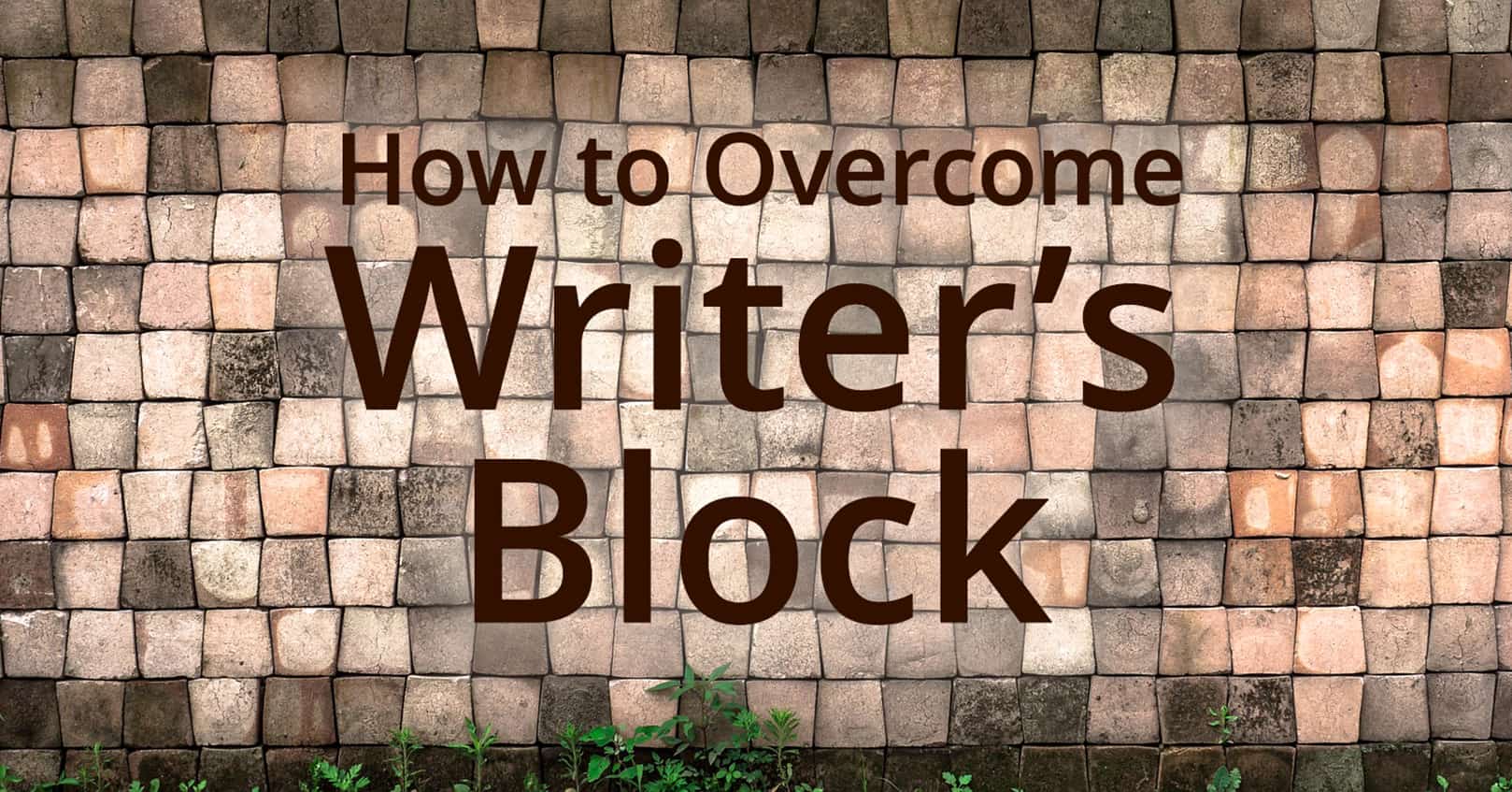
Plot holes are inconsistencies or gaps in the story or in the characters of a novel. Here are 6 types of plot holes, along with tips on how to fix them.
Fact Errors
Facts in your novel should, of course, be factual. For example, stay true to the time period your story is set in: if your story is set in the 1700’s, your characters can’t be driving vehicles.
To fix this type of plot hole, research is key. Before writing, read about the time period of the novel, the professions of your characters, and the topics your characters are knowledgeable about. Keep main points from your research in a document that you can reference later. Then, as you write, double-check the facts of your story, even if you think you already know them. A good editor will also help you catch these errors.
Unbelievable or Impossible Events
This plot hole occurs when something happens in your story that simply could not have happened. For example, one of your characters may travel way too far via horse in a day. Maybe someone suddenly becomes proficient in a discipline when they knew nothing about it the day before, just through studying all night.
Of course, magic, technology, and special talent can help account for unbelievable events, but there must be a reason for them. Other events only seem impossible to the reader because they don’t know details about the world you’ve created. In that case, you need to include more backstory and world building to show why that event is possible.
Beta readers are a great way to catch unbelievable events, but as you self-edit, you can also take a few minutes for each chapter to examine and even map out the sequence of events to be sure they are possible and that you’ve included the necessary information to make the events believable.
Unbelievable Character Choices
Your characters must stay true to themselves. If they suddenly make a choice that goes against everything you have written them to be, readers will be frustrated. Of course, characters can change, for good or bad, but that change should be gradual and the reason for the change illustrated by the story.
Keeping track of your character’s backstory and characteristics about them in a separate document can help you stay true to your characters. Beta readers and editors are also helpful at catching these plot holes. Writing believable characters may force you to resolve conflict in a different way, so don’t be afraid of rewriting. Other times, you may just need to foreshadow and build up to the change earlier in the novel, so the character’s actions become believable.
Contradictions
As you set forth the laws of your world, be sure that you don’t later contradict those laws. The best way to catch this plot hole is to keep a list of your world’s rules in a separate document (along with backstory and other facts about the world and the characters) and refer to the document while writing and while editing your novel. Be especially sure to check this separate document when introducing or resolving conflict. Keeping a list will help you when writing sequels.
Unresolved Storylines
Beyond the main plot, your novel should have several smaller storylines. A storyline can be something as simple as fleshing out the fate of a side character who was introduced partway through the book. Another way to look at this is the cliche of “tie up the loose ends.” Readers don’t like to be left hanging!
Of course, there is an emerging popularity of serials, where the story doesn’t have any kind of resolution between books. This frustrates many readers, but some are still willing to read. Just be sure to wrap up all the storylines by the end of the series.
To catch this type of plot hole, first watch for unnecessary details while editing your novel, and tighten your writing by removing those details when you can. This simplification not only removes plot holes, it also makes your novel stronger and more interesting.
You can also take notes of questions that are introduced while you write your novel and be sure they are addressed later. One way you can be better about seeing these loose ends is by taking a break from your novel after writing it before rereading and rewriting.
Continuity Errors
Continuity errors are consistency issues in plot, objects, places, and characteristics of people. For example, maybe the type of car someone drives suddenly changes. Or a circular room later has corners. Or maybe the season doesn’t change with the passage of time. Or maybe a door is closed by a character, but later in the scene, the character looks through the open doorway. Maybe a side character’s hair color may change halfway through the book without anyone in the story noticing.
To catch and even avoid continuity errors, keeping that separate document mentioned in previous steps is important. As mentioned before, write a list of character names and their backstories and characteristics (including physical characteristics). Also note key dates and times. Then refer to this document while writing and rewriting. Beta readers are also great at catching continuity errors.
Have you read (or written!) any fun plot holes? We’d love to hear about them in the comments below!
















Comments